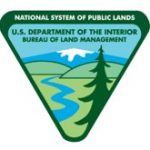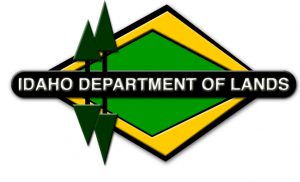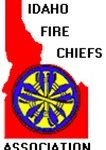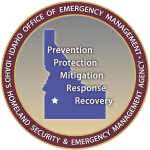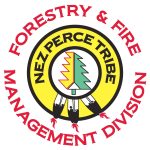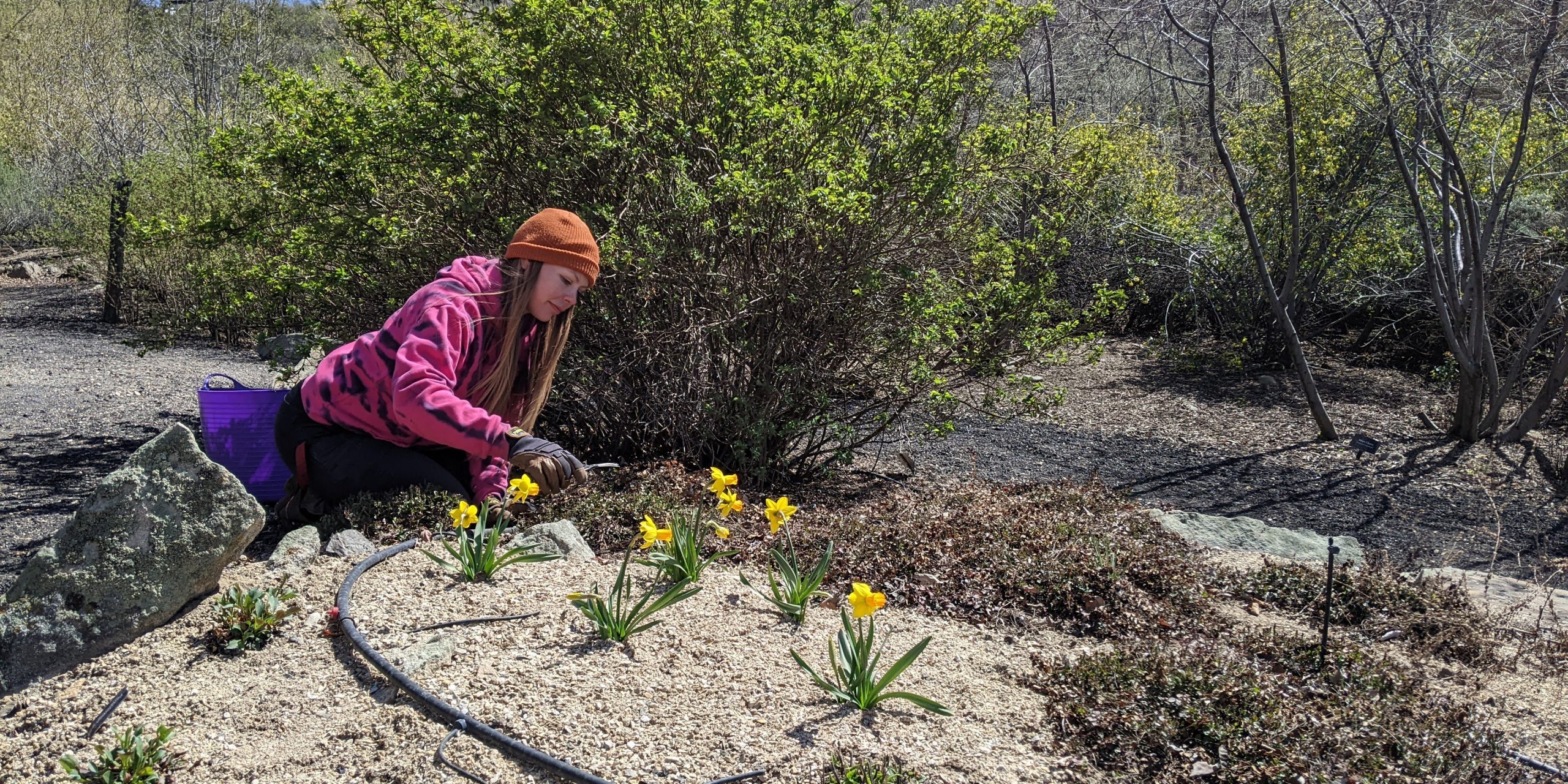
Fire Resistant Landscapes
Landscape Maintenance
Principles & Practices
WUI Culture
Once you have established your fire resistant landscape, it will need regular maintenance. Keep your landscape effective by regular pruning, mowing, raking and removal of diseased, dying or dead materials. Monitor your landscape for insects and disease and control as necessary.
Zone 1—Clean and green
This is where you will spend most of your time maintaining your fire resistant landscape. Regular sweeping and raking will keep walkways, patios and planting beds free from flammable debris. Maintain plant materials by regular irrigation and removing spent flower heads and other dead or dying foliage several times throughout the growing season.
In addition to this, make sure you:
- Frequently remove needles and other debris from roofs and gutters of all structures.
- Remove any tree limbs closer than 15-feet to chimneys and power lines, as well as any that touch a structure.
- Don’t allow wind-blown plant litter to accumulate in corners or at the foundation of the house. Burning embers may collect in the same places and ignite your home.
- Maintain irrigation systems and access to emergency water supplies.
Zone 2—Pruned and groomed
Zone 2 A well-maintained turf is very fire resistant. If possible, water your lawn throughout the summer. If you cannot keep turf green, keep it trimmed low, especially close to structures.
Maintain trees and woody shrubs by pruning dead and dying branches and thinning to keep space between plants. Pay particular attention to areas where ladder fuel configurations may be developing and take action to disrupt this pattern.

Maintain adequate spacing between trees and shrubs in Zone 3.
Zone 3—Native vegetation
Zone 3 needs the least amount of attention during the growing season, but a good maintenance plan will include pruning trees and ensuring that the spacing between trees and woody shrubs is maintained at a 10- by 10-foot or 12- by 12-foot spacing.
Controlling unwanted vegetation and noxious weeds is vitally important to decreasing your landscape's ignition potential. This area will probably not receive supplemental irrigation during the growing season and weeds and grasses can become highly flammable.
- Prune unwanted woody shrubs. Midsummer is the best time to do this. Many native Idaho shrubs re-sprout vigorously, so repeated trimming may be necessary.
- Use livestock, such as sheep or goats, to keep brush low. Controlled grazing should be done in late spring or early summer to minimize soil impacts. Later grazing also reduces plants’ ability to regenerate because of drier soils.
- If necessary, apply registered herbicides. Carefully read and follow all label instructions.
- Use biological agents to control noxious weeds. Visit the Bureau of Land Management/Idaho State Department of Agriculture Biological Control Program to learn more.

Contact Us
Mike Ward, Executive Director
director@idahofirewise.org
PO Box 220
Kooskia, ID 83539
EIN 27-2535008


